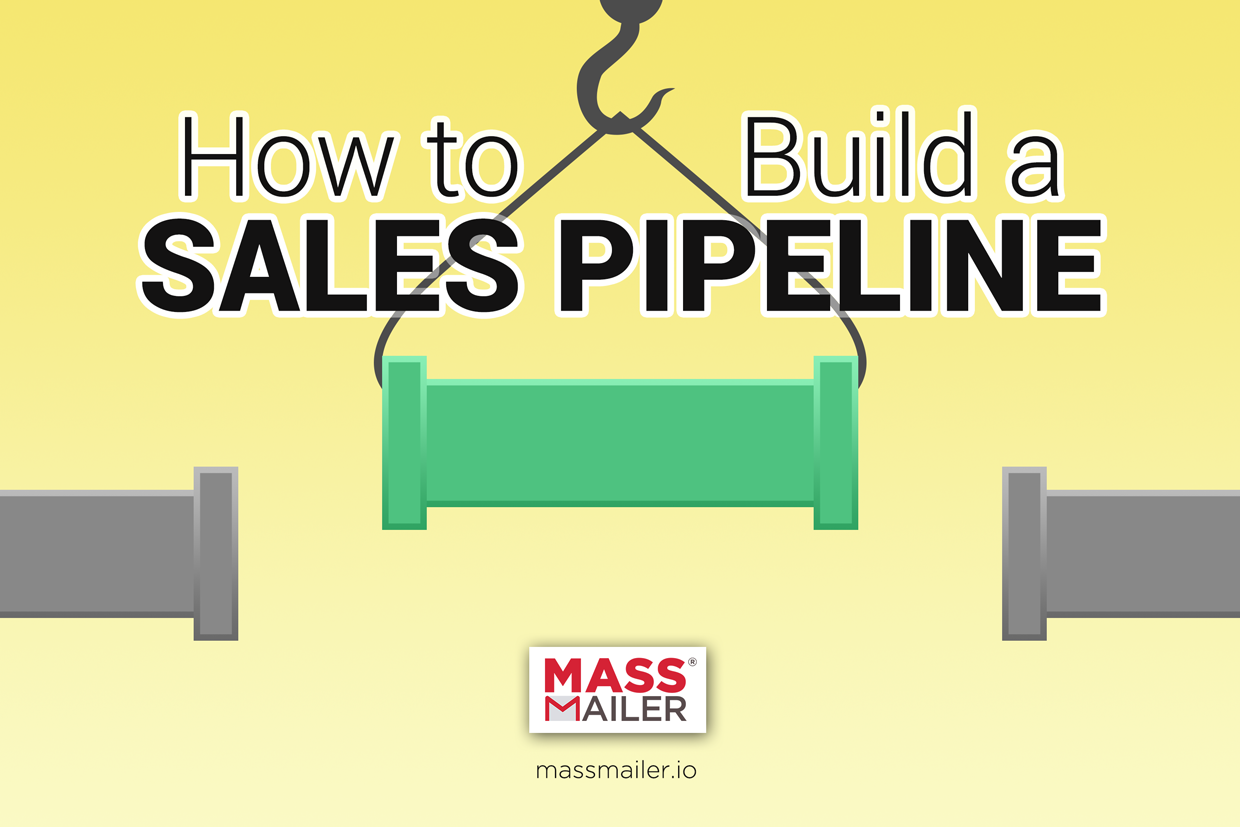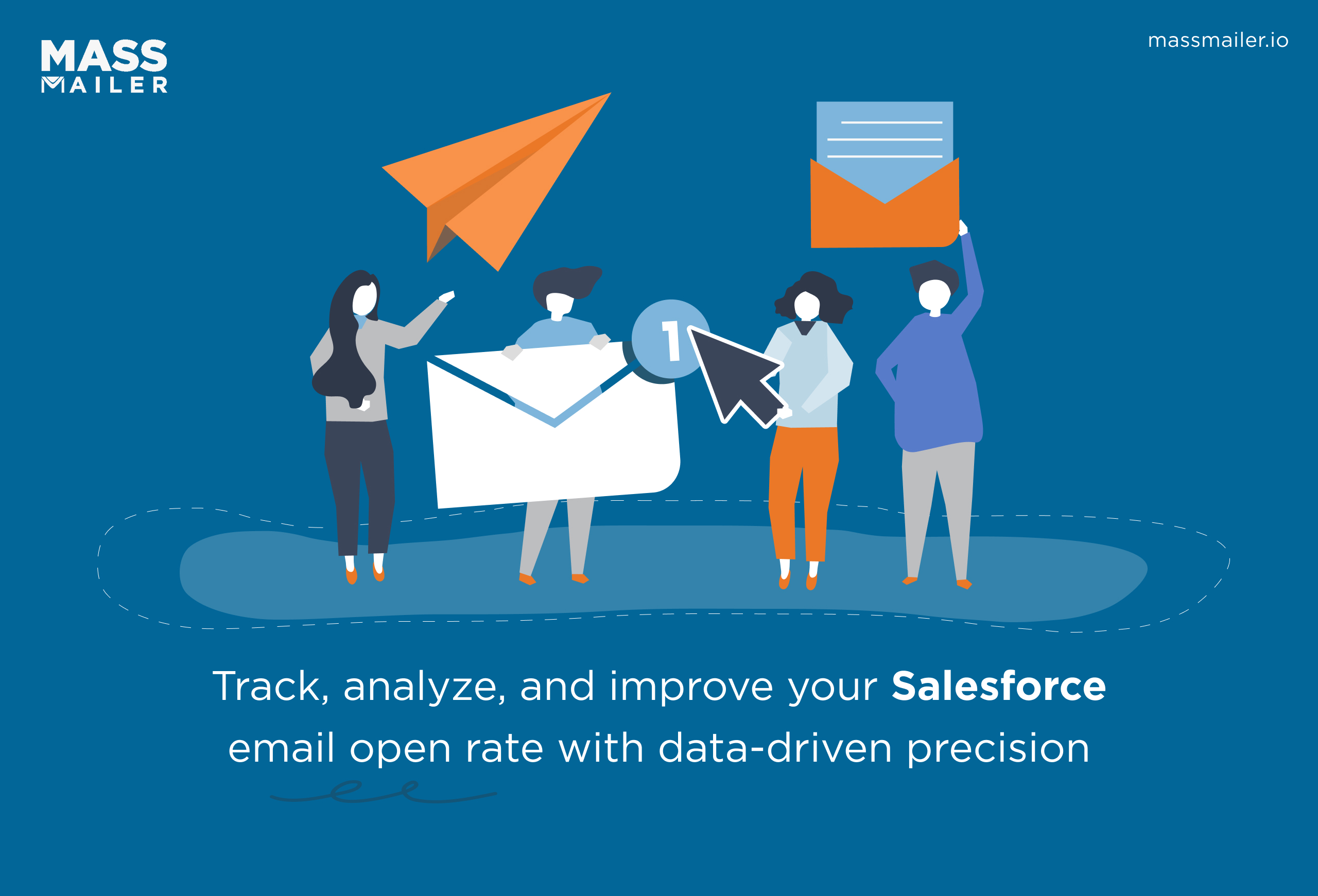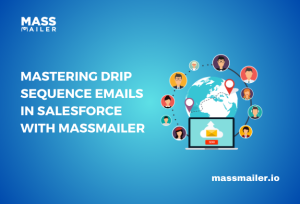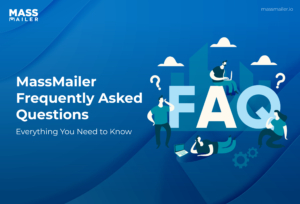Table of Contents
Before your organization begins selling, it needs to have a sales pipeline a funnel through which potential leads enter and are eventually guided towards commitment. A sales pipeline creates an infrastructure through which your lead generation and sales departments can function, and it’s important for it to be clear and detailed.

Map Out Your Sales Pipeline from Start to Finish
Before you begin building your sales pipeline, you need to create a rough idea of how your pipeline will look – based on your organization and your resources. For the average business, the sales pipeline will follow a rough template:
Lead generation. At the earliest stages, you must be finding leads. This can occur through outbound or inbound marketing and email and digital campaigning is extremely effective. Lead generation simply covers getting contact information, whether it’s a phone number, email address, or even a name.
Initial contact. The first contact with a lead is often the most important. This is where the lead scoring will also often begin and products such as Salesforce can begin tracking customer metrics. An initial contact is often completed either via phone or email and tests the lead’s interest in commitment.
Nurturing. Nurturing a lead can take minutes, days, or even months, depending on the value of the sale and the company’s industry. Business to consumer sales generally have a far shorter nurturing process than business to business sales.
Commitment. Finally, the lead will actually commit to the purchase at this stage, however, the lead should have been nurtured sufficiently that commitment is easy to acquire. In many pipelines, this may now loop back to nurturing, in the homes of customer retention.
Building these sales stages from the start is extremely important, as it creates a structure and a direction for your pipeline.
Determine the Goals of Your Sales Pipeline
Once you’ve developed your pipeline, you need to assess your goals — how many individuals must make it to the end of the pipeline (“commitment”) for your business to be profitable? Your sales goals are going to inform your goals at every stage of the pipeline… once you have the applicable data. If 10% of your leads eventually move on to commitment, then you know how many leads you need to reach your goals.
Creating these goals is a way to build a more stable sales architecture, as at every stage you’ll know whether or not you’re meeting your metrics and whether you are on track towards profitability. But when initially establishing your sales pipeline, you’ll need to estimate how many will be moving on to commitment and how many leads may not.
Create Key Events for Advancement
Finally, between each stage of your pipeline, there should be a key event that triggers a lead for advancement. As an example, a lead would be moved from nurturing to commitment once an initial contract was emailed. A lead may also move from initial contact to nurturing once they have responded to an introductory email. Having these key events in place makes it easier to track momentum from stage to stage.
Building a sales pipeline is simpler than it appears especially if you have the right tools in place. It is refining this system and improving upon it that can be a challenge. The statistical analysis and outreach tools provided via Salesforce and MassMailer can automate much of your work and track the most important metrics throughout your sales funnel.
Start Your Free Trial Today
Experience MassMailer the easiest way to send personalized emails from Salesforce.
Related Blogs

All You Need to Know About IP Address Pools in Email Marketing

Salesforce Email Open Rate: How to Track and Improve
MassMailer Resources






